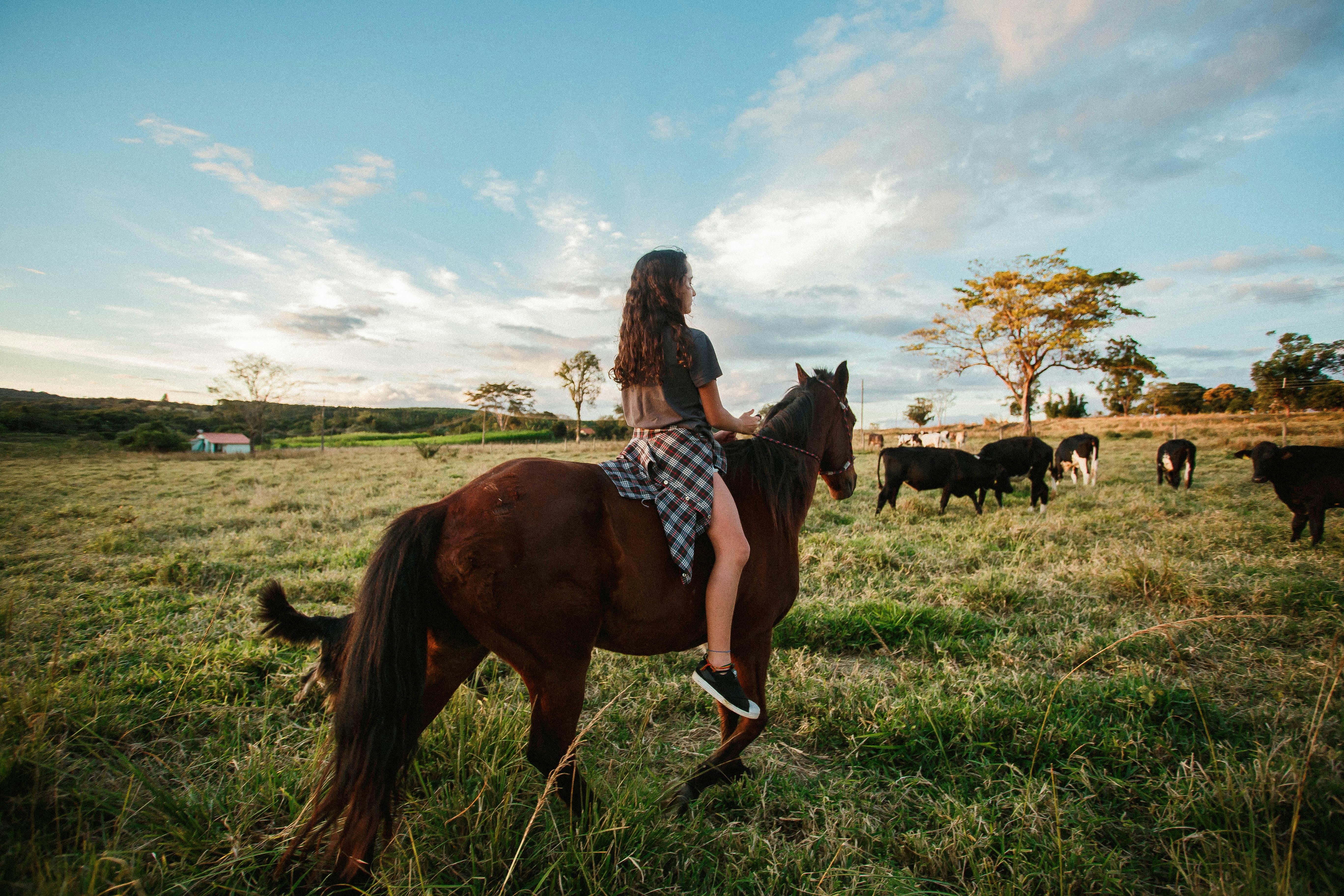In addition to the companionship that dogs are known for, some also have an uncanny ability to promote healing. This week, I had the opportunity to sit down with Anita Price, a registered psychotherapist who has her practice in Berkeley, CA and Lafayette, CA. She is a Marriage and Family Therapist, specializing in child therapy, who also works with couples and adults.
Evan: How long have you used therapy dogs in your practice?
Anita: I have had a dog in my psychotherapy practice for many years, in fact, before certification (for therapy dogs) began.
Evan: What makes a dog suitable to be a therapy dog?
Anita: Temperament is the critical factor in the suitability of a dog. She or he must be calm, stable, predictable, and unruffled in the presence of a child who may be agitated, manic, or hyperactive. In fact, I’ve seen children learn to calm themselves down with deep abdominal breaths so they can be close to the dog and not, in the child’s words, “scare the dog.”
Evan: What is the role of a therapy dog?
Anita: Starting the therapeutic process takes courage. For children in particular, it can be difficult to walk into a room with an unfamiliar adult and talk about their feelings and the parts of their lives that may be painful for them. The dog’s constant unconditional love eases this transition because the child actually begins to interact with the dog and to speak spontaneously. I have found that having a dog as a companion in my therapeutic efforts really speeds up the process.
Rusty, a standard short-haired Dachsund, was Anita Price’s first therapy dog. He was very outgoing and had a way of comforting upset patients.
Evan: What types of behavior do dogs exhibit and what changes do you notice in your patients?
Anita: Children are remarkably open about their feelings with me while petting the dog. They feel that the dog is their friend and ally. In fact, just yesterday, a 4-year-old girl I was meeting for the first time asked if she could come over to my house sometime and spend the night with the dog. So you can see how quickly the bond between the child and the animal is formed.
Dogs function as therapy partners based on their temperament. My current dog, Cara, is 10lbs. dog that is quite shy and sensitive. The kids just love her and bond when they see her shyness. For example, one child said, “Oh my gosh, she’s even more shy than me.” Again, it’s the immediate link.
“My current dog, Cara, is a 10-pound dog who is quite shy and sensitive. The kids just love her and relate to her shyness.” -Anita Price
My first therapy dog, Rusty, was much more outgoing, and in fact, in family sessions, he would move very quietly and sit at the foot of whoever seemed most upset at the time. He was very attuned to sadness.
In another session with a child who had been given some very disappointing news by a parent, the child fell to the floor crying. The dog, who had been napping in his bed, crossed the room, climbed onto his lap, and licked the tears from each cheek. The boy looked at him as if to say, “You really understand what I’m feeling.” He completely changed the session. Then he went back to his bed and fell asleep. It was an awesome feeling to be deeply understood without words.
When Rusty was nearly killed by an off-leash Rottweiler, I seriously considered whether I should bring him back to the office while he still had his staples and drains on. I decided that children need to see healing happen. Instead of scaring them, he repeatedly brought up information that the boy had not shared. For example, one boy spoke of being trapped in the laundry room of his apartment by a large dog. And so, in their empathy with the dog’s pain, they were actually working on his behalf.
-Evan Price
